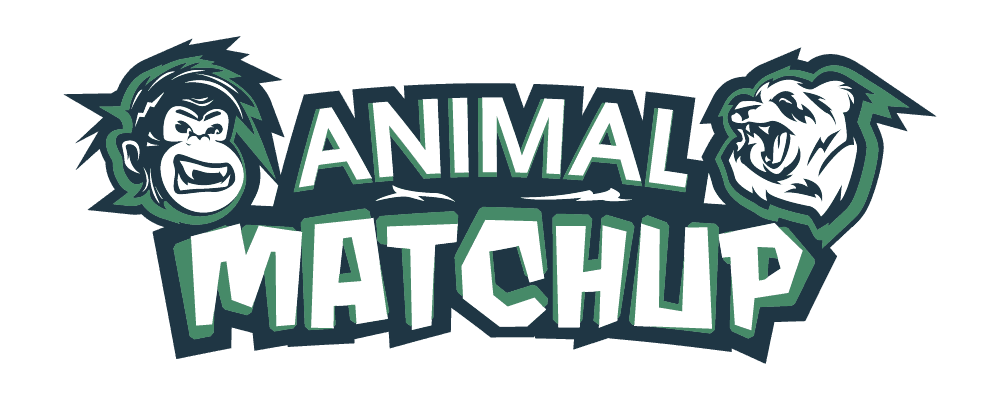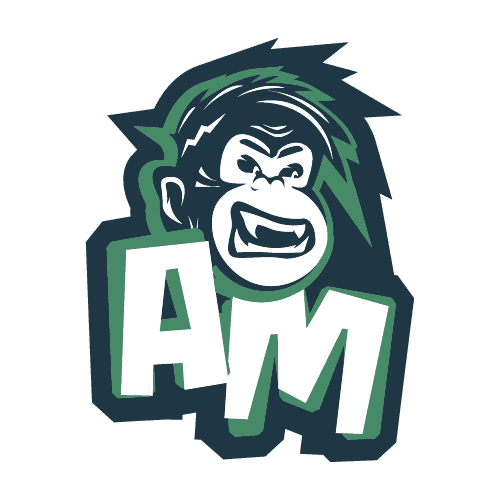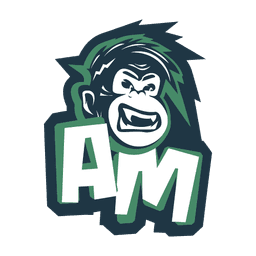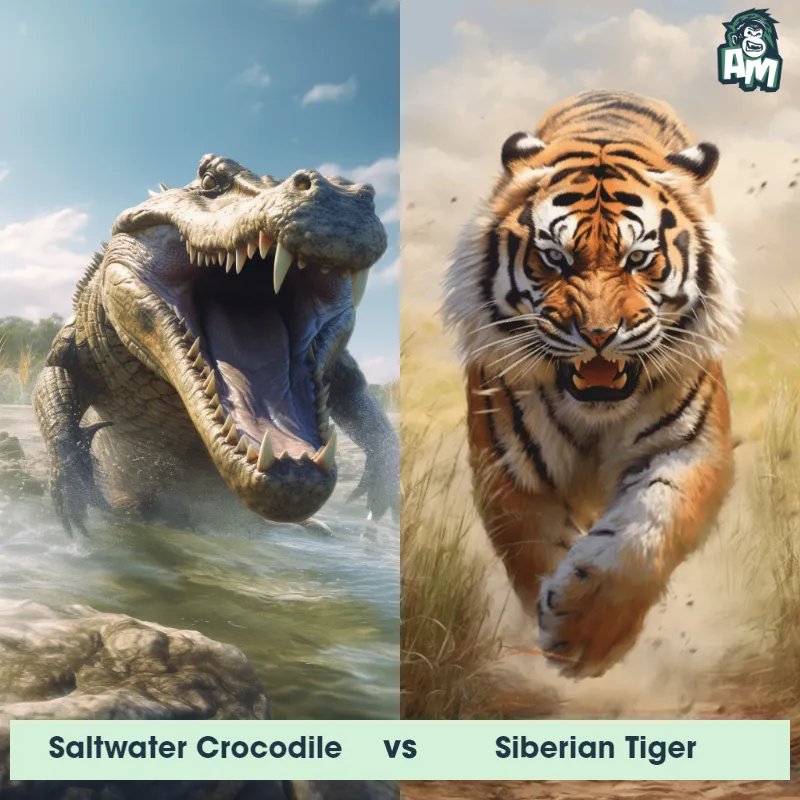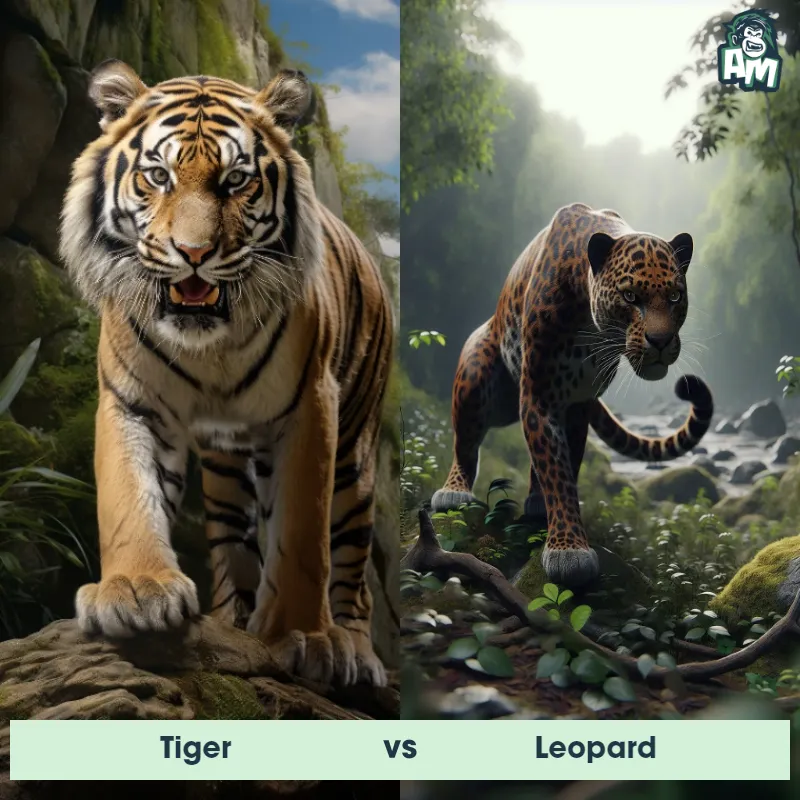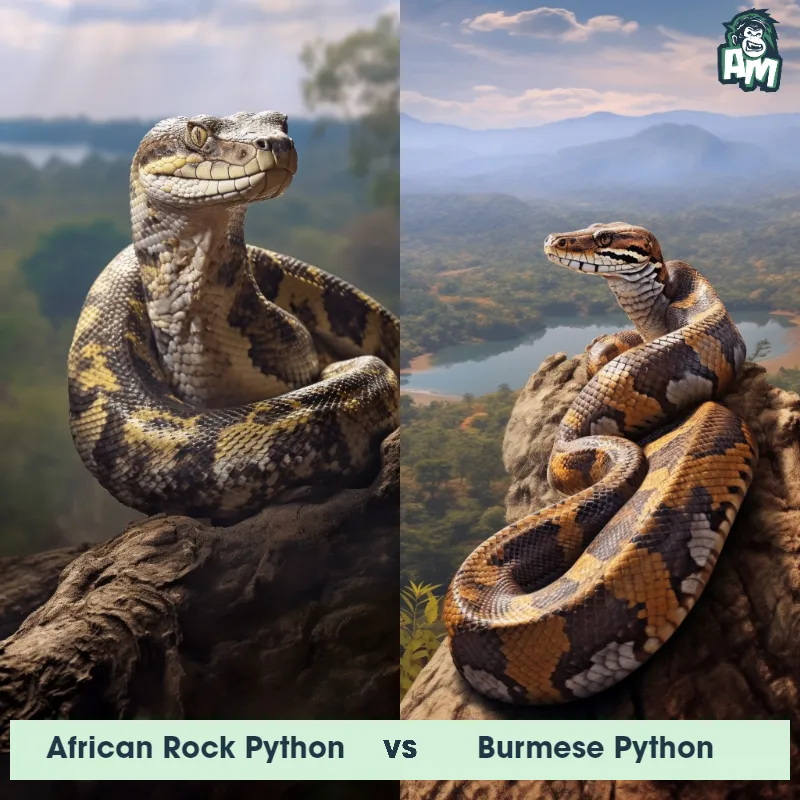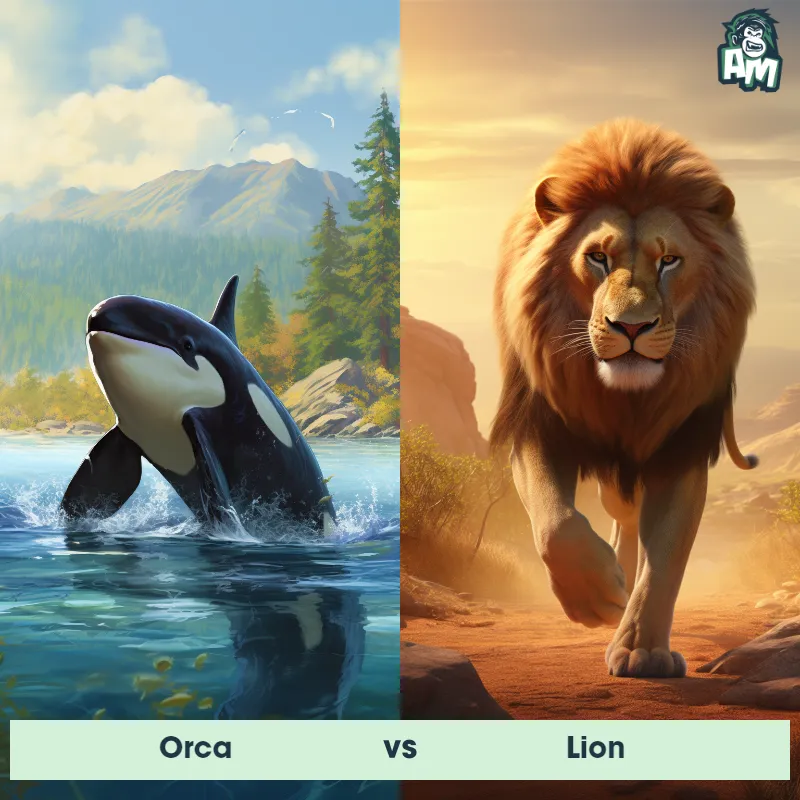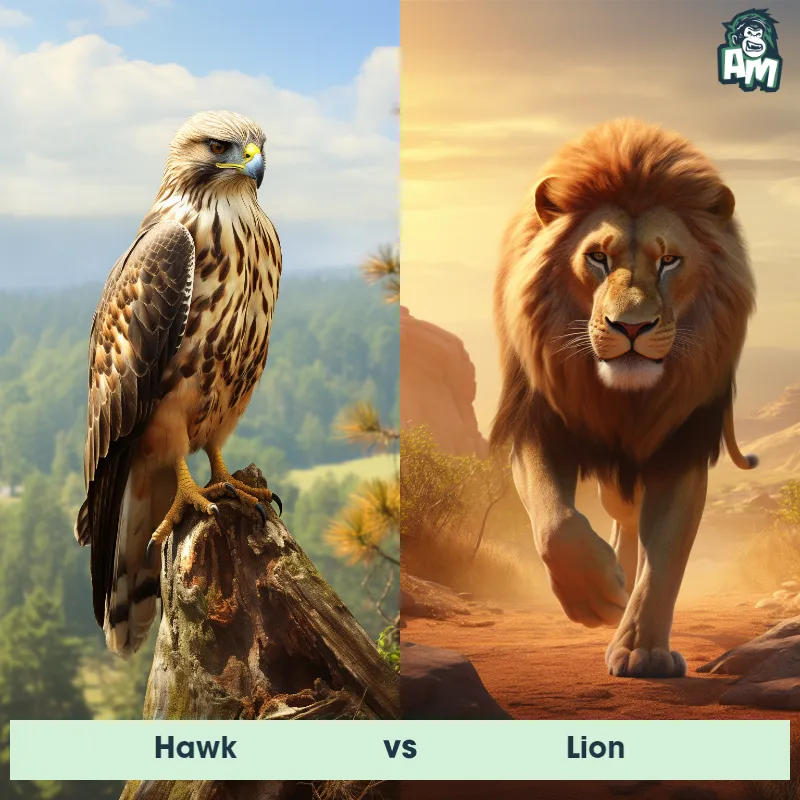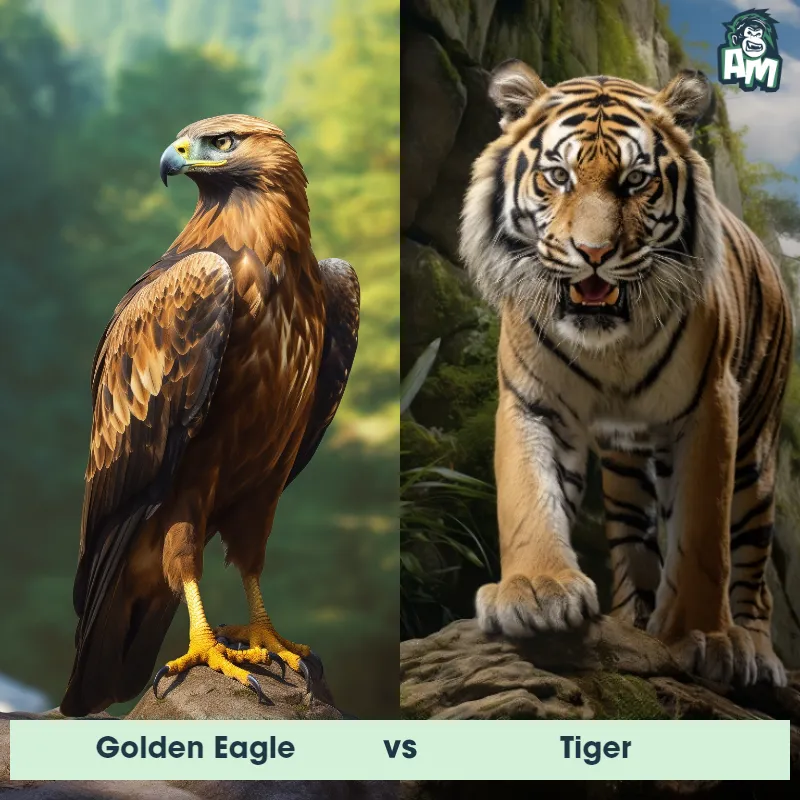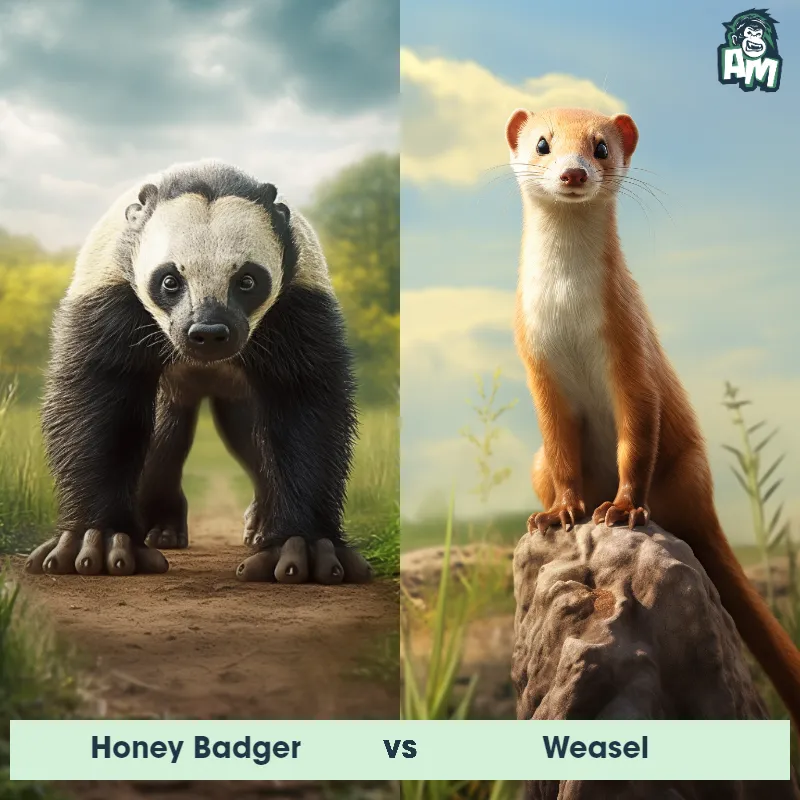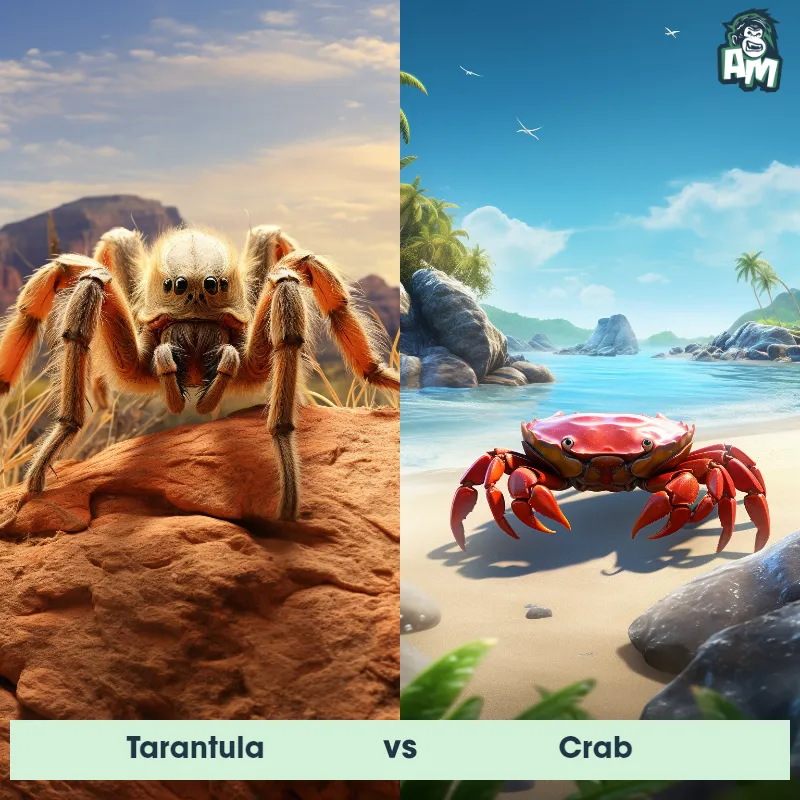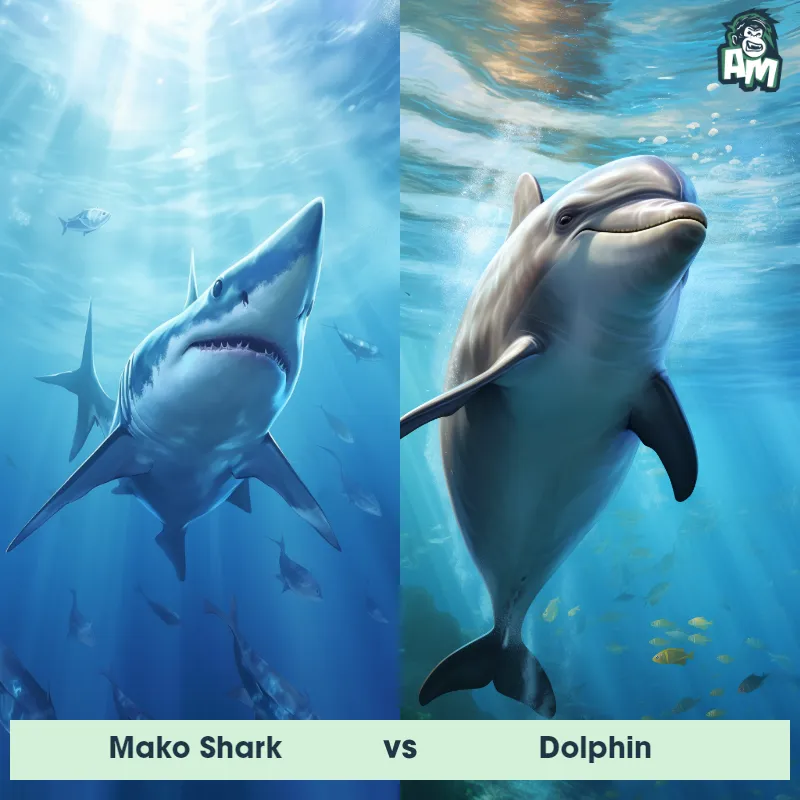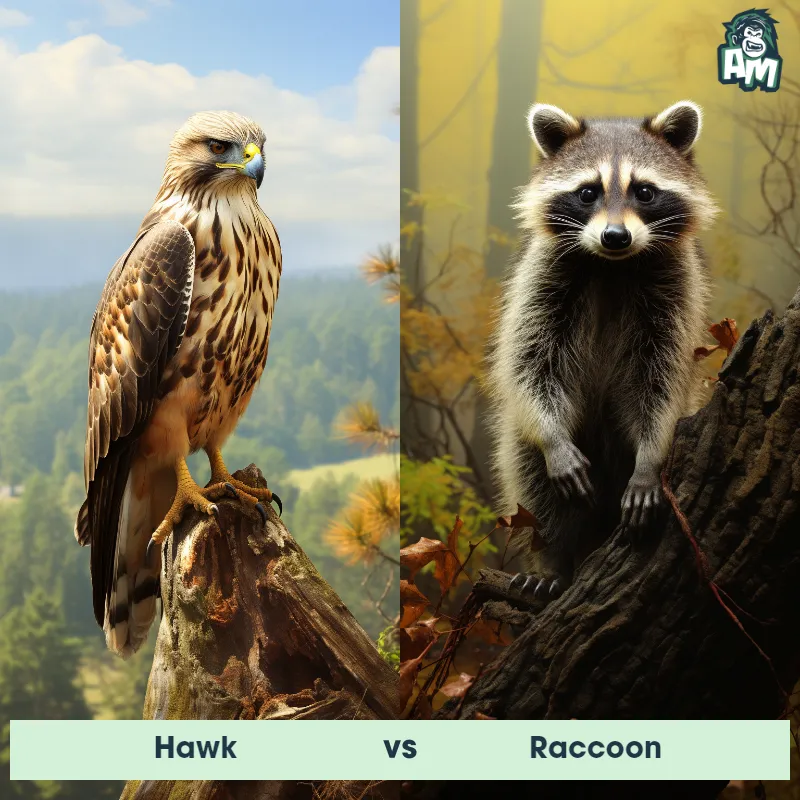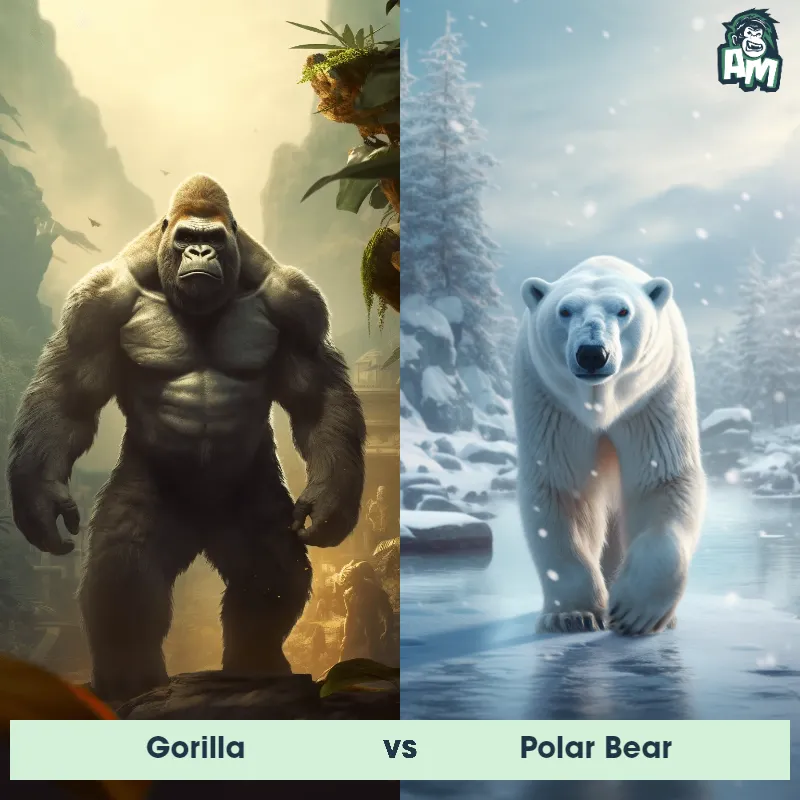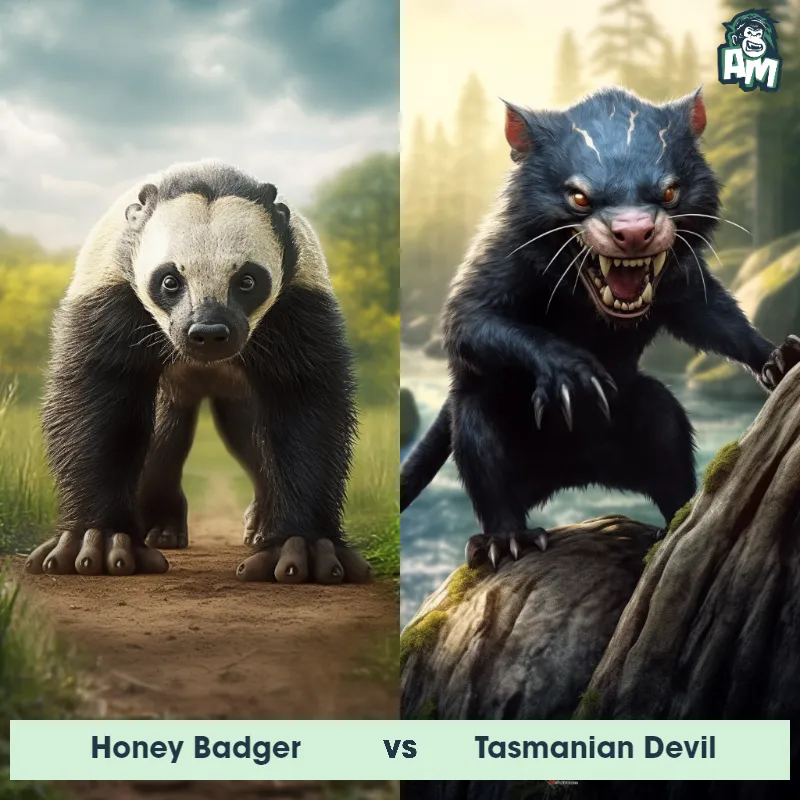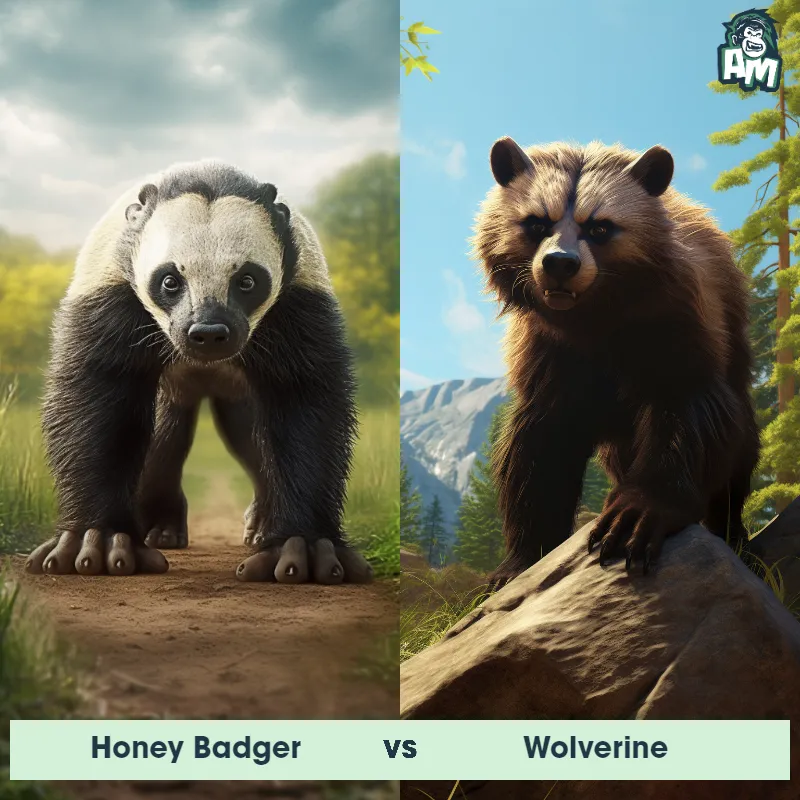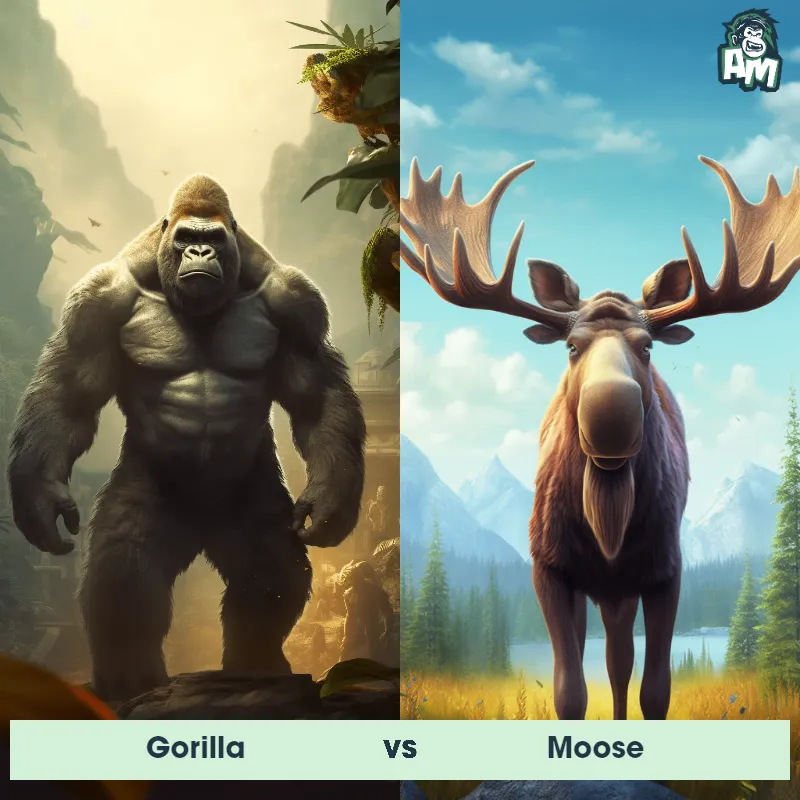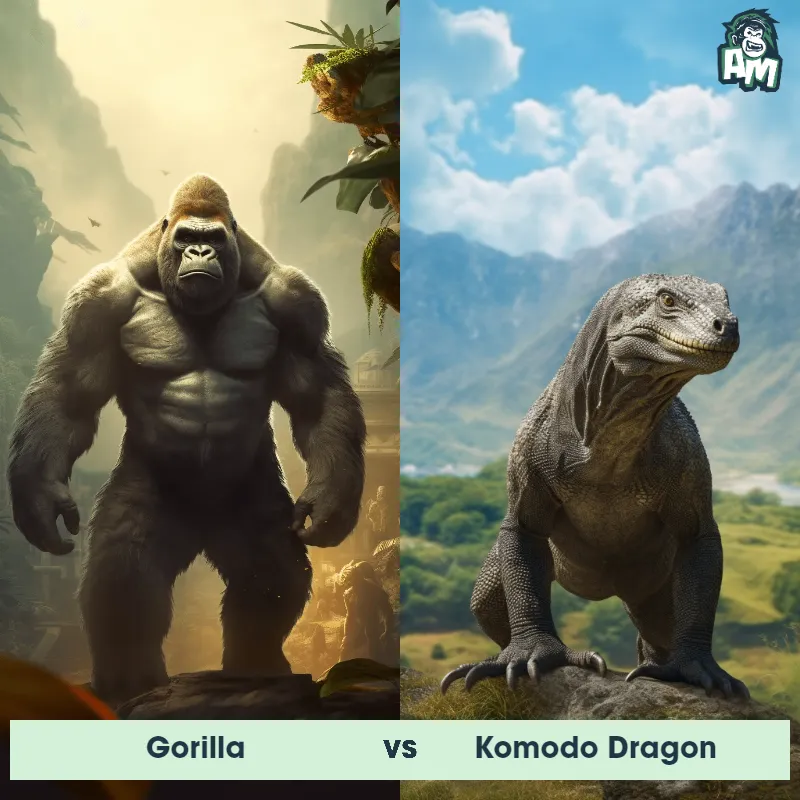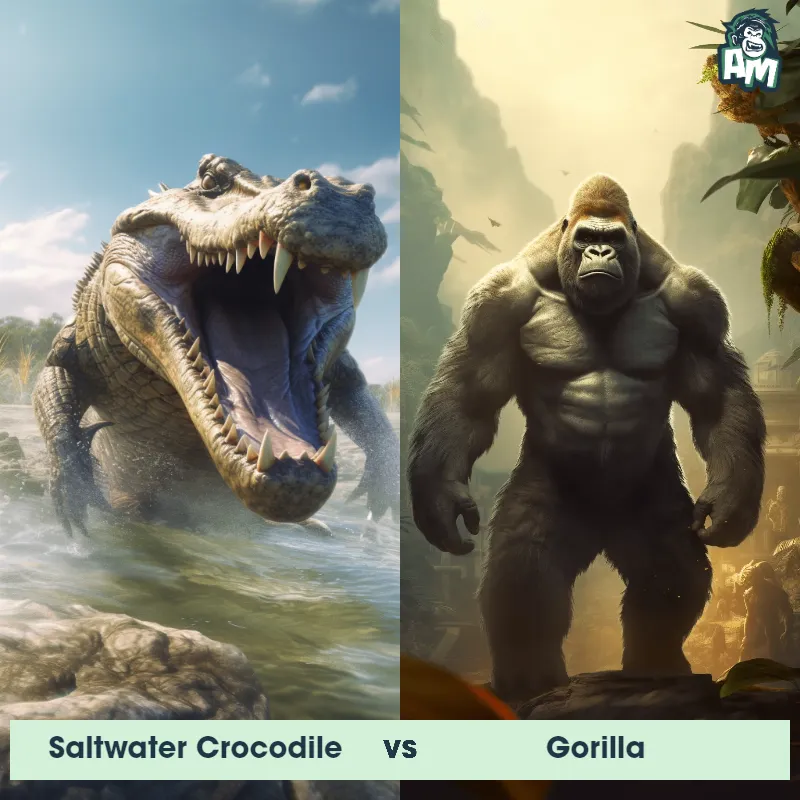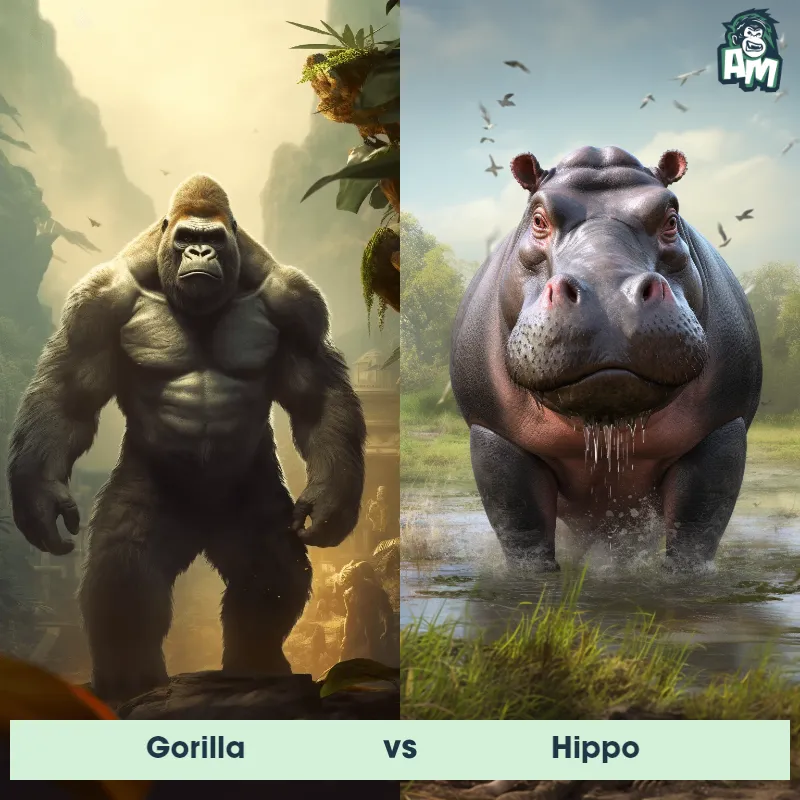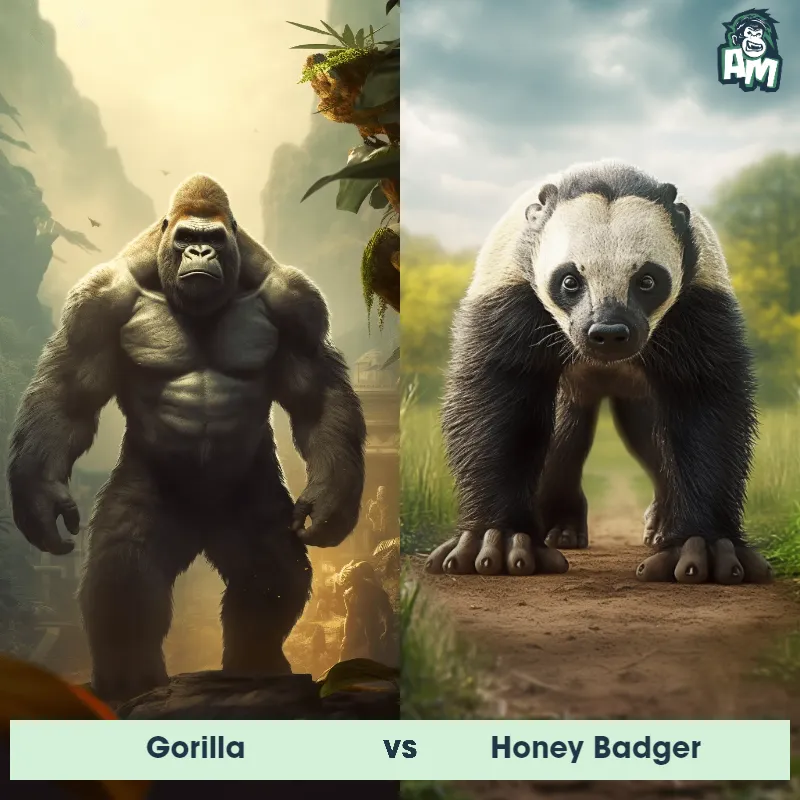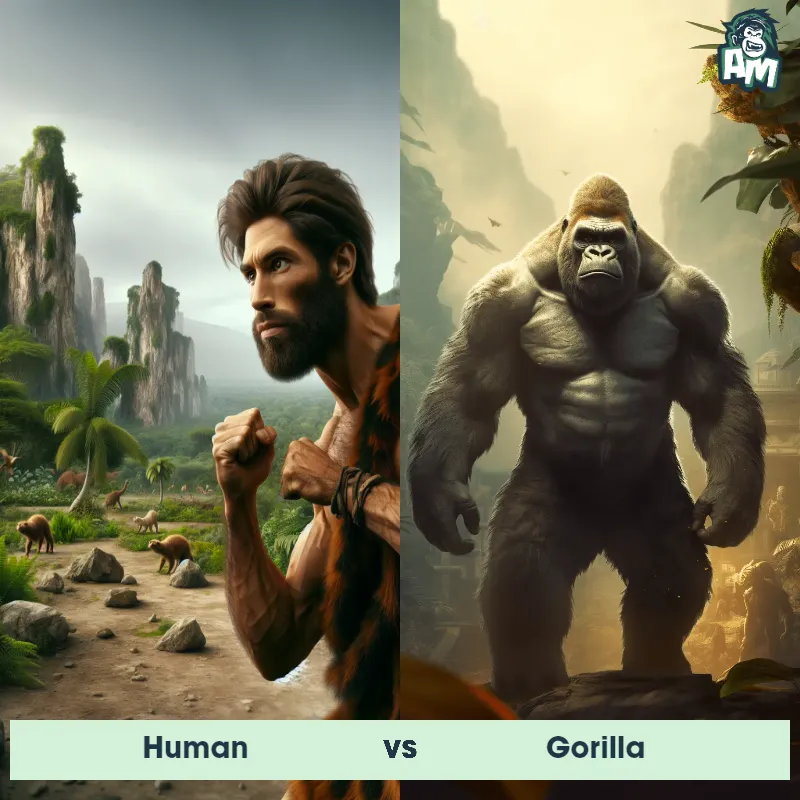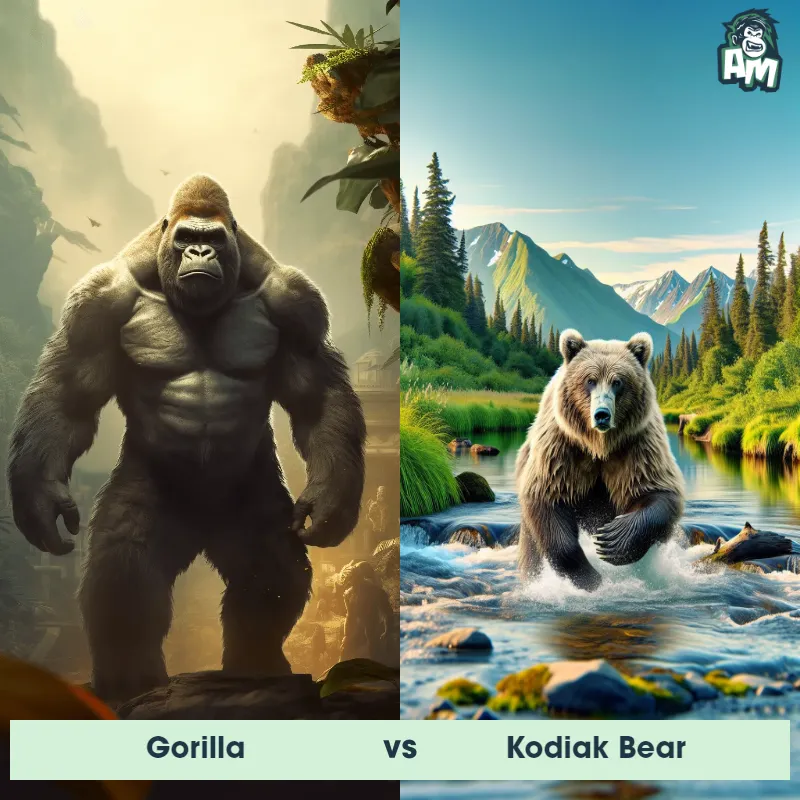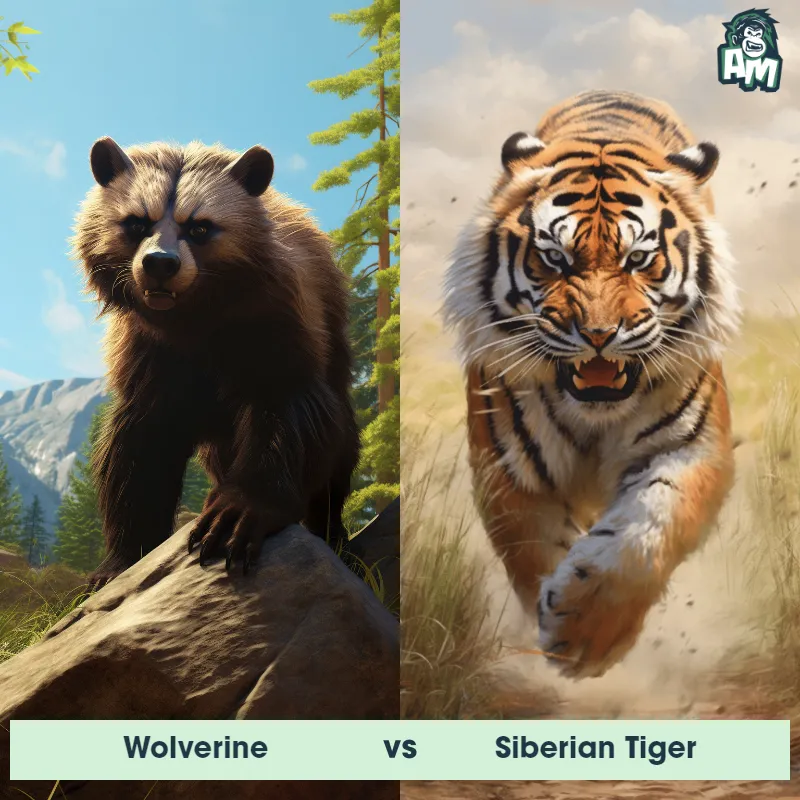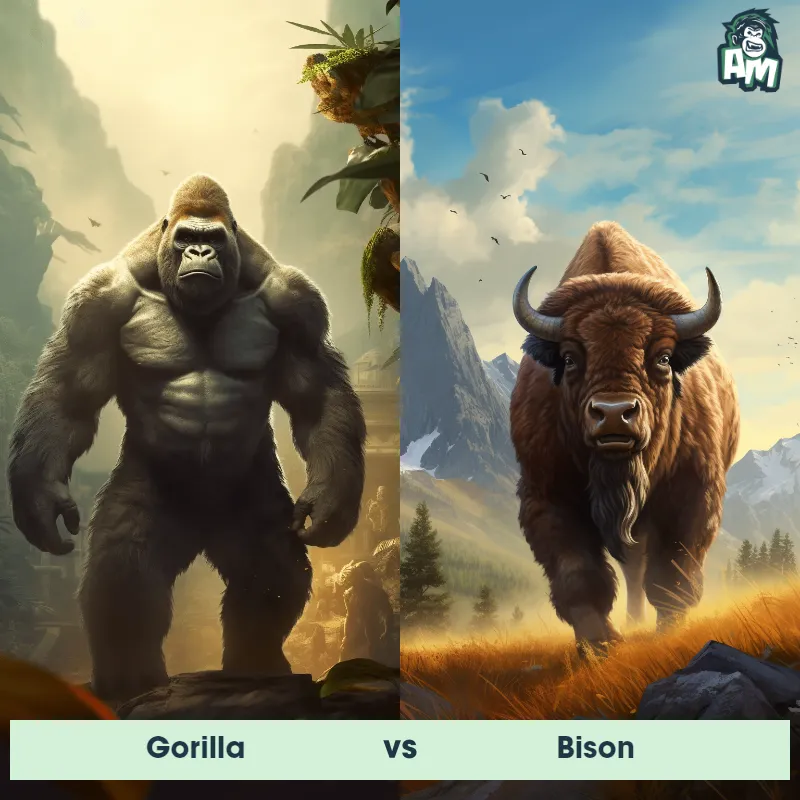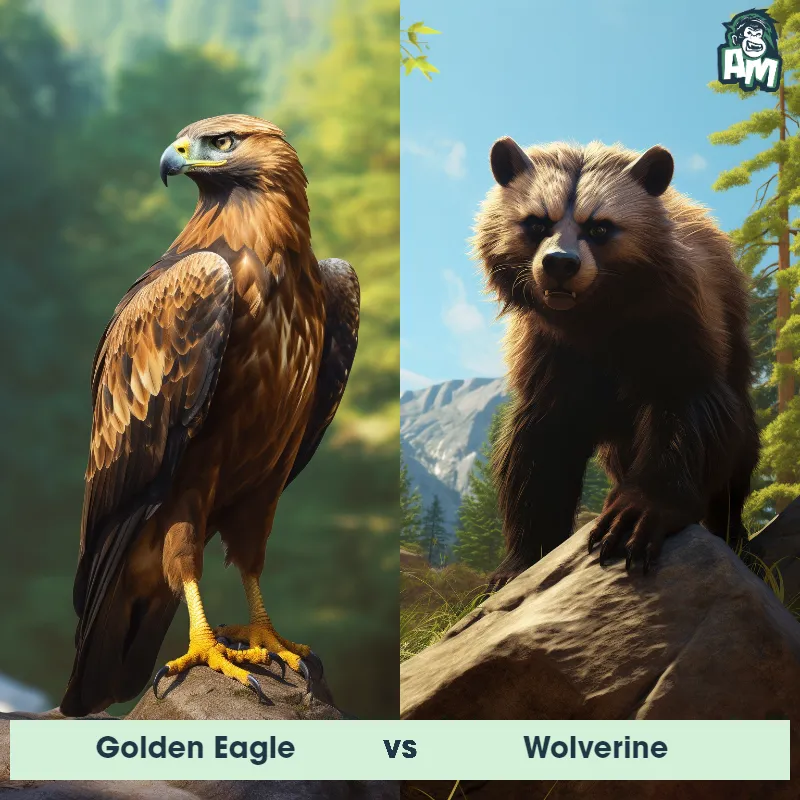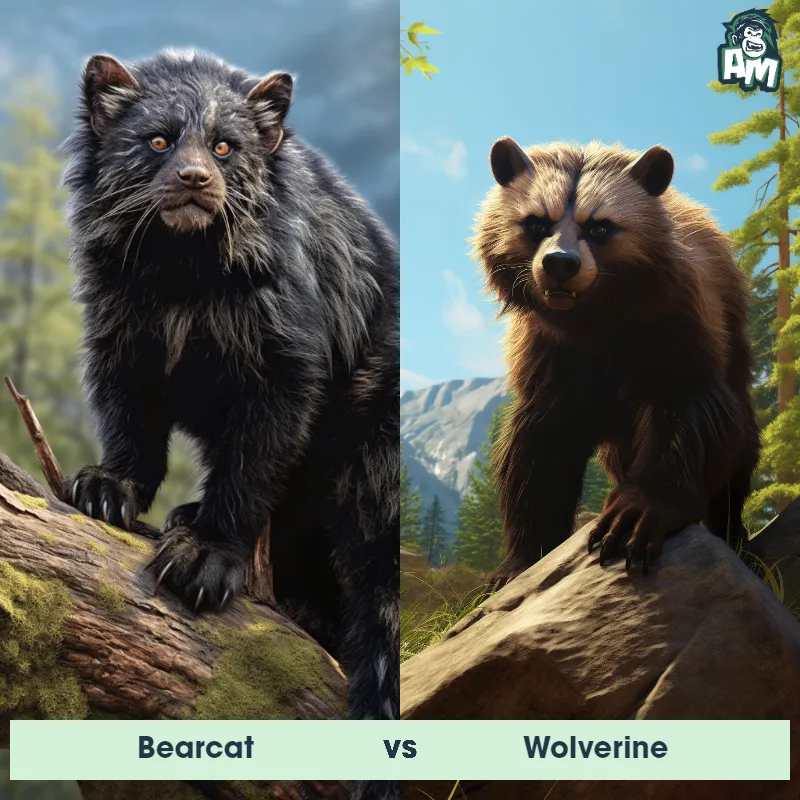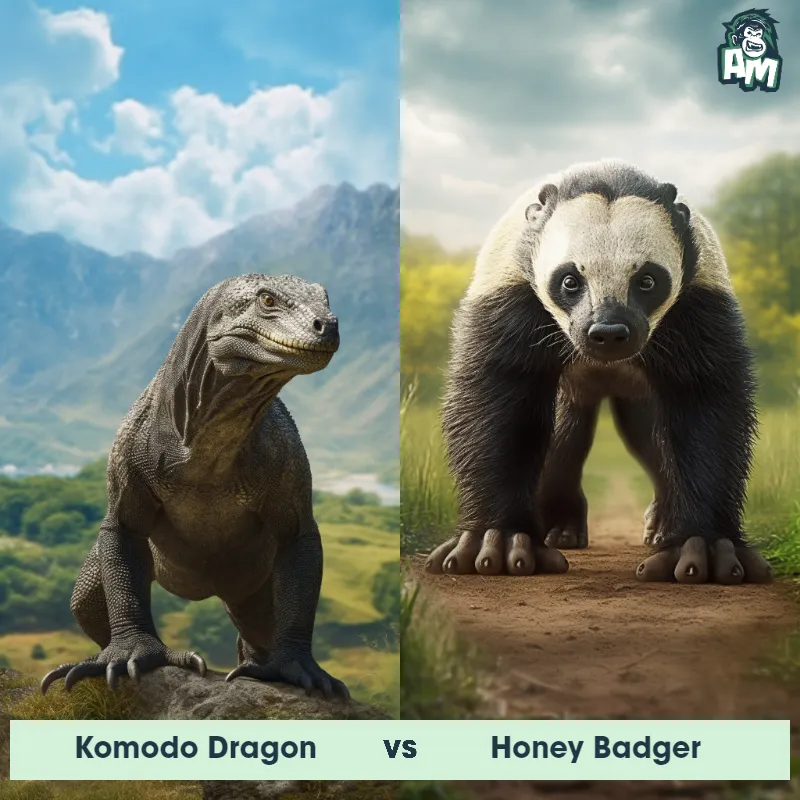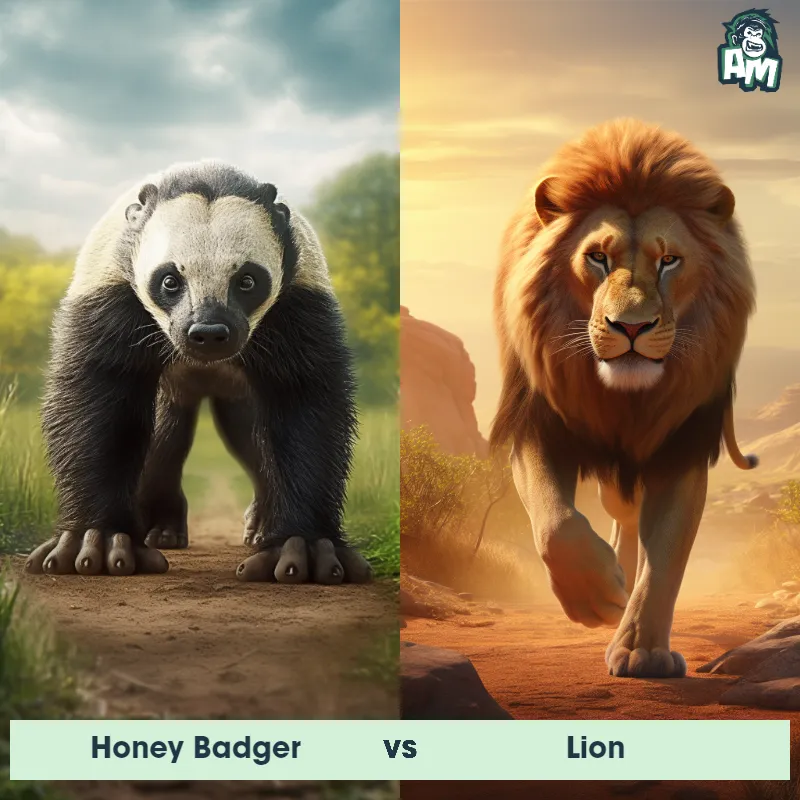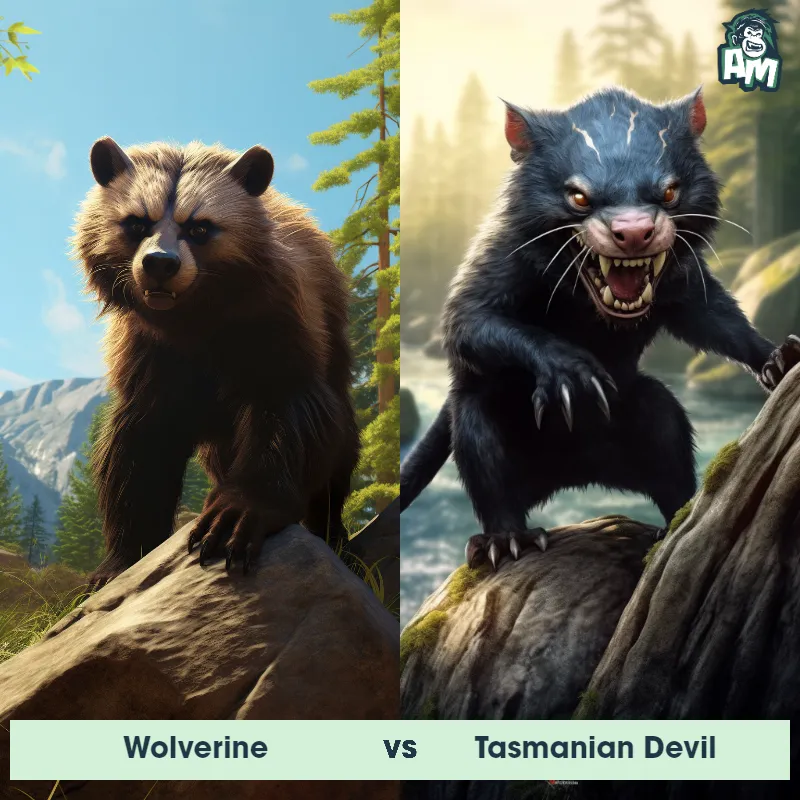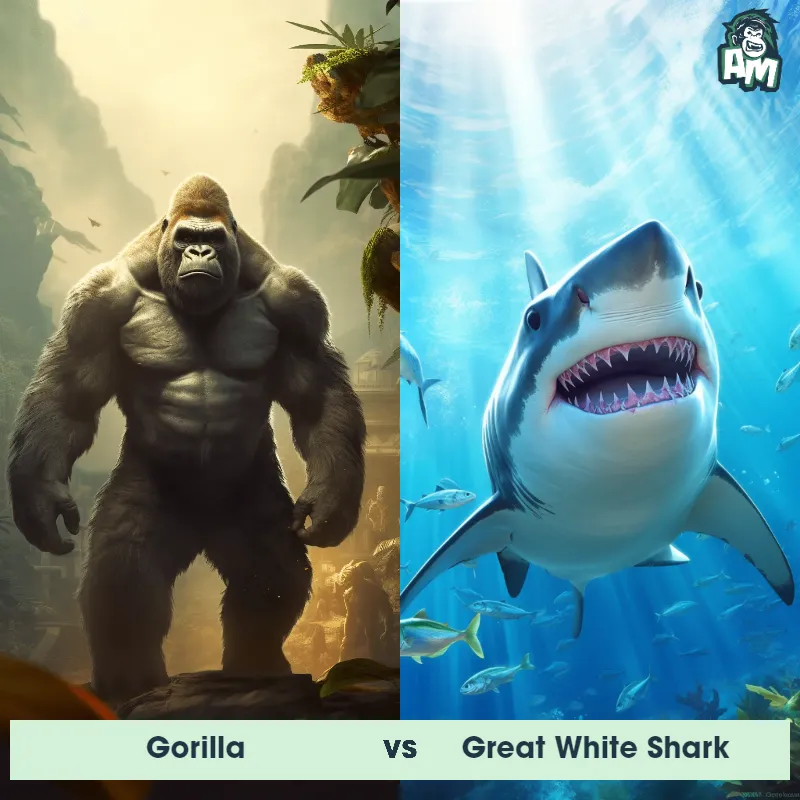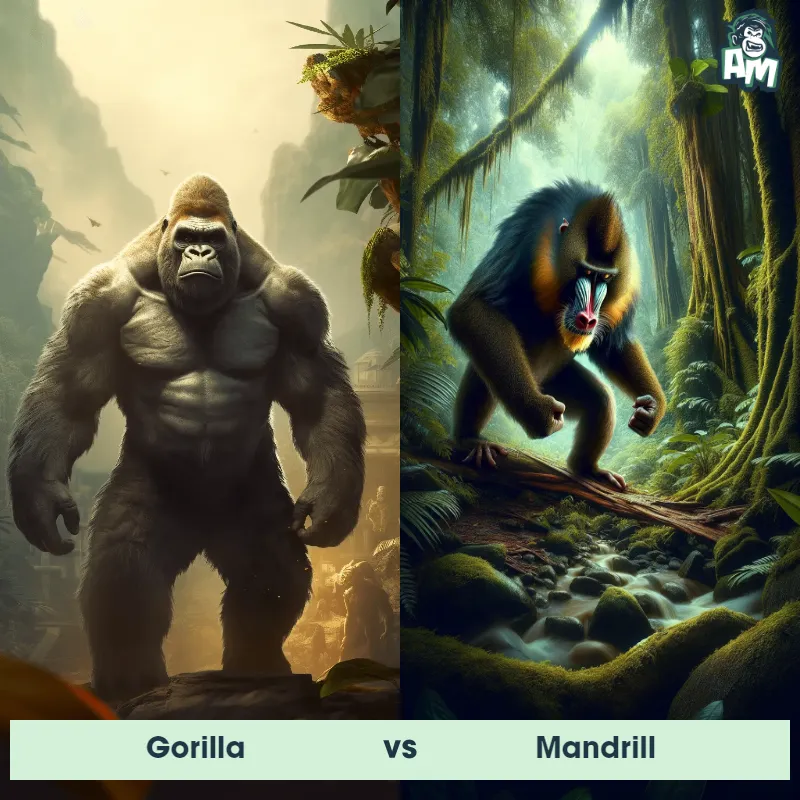Giant Otter vs HumanSee Who Wins

Welcome to the ultimate showdown between a Giant Otter and a Human! Both competitors are ready to give it their all in this three-round fight. Let's see who will come out on top in this fierce battle.
Contender 1: Giant Otter
The Giant Otter, also known as the Giant River Otter or the South American Otter, is the largest of all otter species, measuring up to 6 feet in length and weighing up to 70 pounds. They have sleek, dark brown fur with white or cream-colored markings on their throat and chest. Their webbed feet and powerful tail make them excellent swimmers, and they are known for their ability to catch fish with their sharp teeth and strong jaws.
Fun Fact: Giant otters, known as the “river wolves” of South America, can grow up to 6 feet long — and they make loud, chirpy calls to keep in touch with their family while hunting piranhas!
Contender 2: Human
The human, Homo sapiens, is a highly intelligent and social primate species. They are characterized by their upright posture, opposable thumbs, and relatively hairless bodies compared to other mammals. Humans have complex brains that enable them to think, reason, and communicate through language. They possess a wide range of physical variations in height, weight, and skin color due to genetic diversity. Humans are known for their adaptability and capacity to use tools, which has allowed them to thrive in a variety of environments across the globe.
![[object Object] Gif](https://tenor.com/view/hungry-caveman-muppetwiki-muppet-wiki-jim-henson-gif-11005515308056547982.gif)
Fun Fact: Humans are the only known species capable of abstract thinking, allowing them to conceptualize ideas and think in terms of concepts that do not have a physical presence.
Matchup Stats
| Giant Otter | Human | |
|---|---|---|
| Size | Up to 6 feet (1.8 meters) in length | Average height of 5 feet 7 inches (170 cm) |
| Weight | Up to 70 pounds (32 kilograms) | Average weight of 154 pounds (70 kg) |
| Speed | Speed: 22 mph (35 km/hr) | 27.8 mph (44.7 km/h) |
| Key Strength | Powerful jaws and sharp teeth | Intelligence and ability to strategize |
| Biggest Weakness | Vulnerable to attacks on land | Lack of physical strength compared to some animals |
Current Votes
Giant Otter vs Human
See Who Wins
View More Matches
Looking For More?
Similar Matches
Scientific Stats
| Giant Otter | Human | |
|---|---|---|
| Scientific Name | Pteronura brasiliensis | Homo sapiens |
| Family | Mustelidae | Hominidae |
| Habitat | Freshwater rivers, lakes, and swamps | Diverse habitats, including forests, grasslands, deserts, and urban areas |
| Geography | South America, specifically the Amazon, Orinoco, and La Plata river systems | Found on all continents |
| Diet | Fish, crustaceans, and small mammals | Omnivorous, with a preference for cooked food |
| Lifespan | 8 years - 10 years | 70 years - 90 years |
Key Differences between Giant Otter and Human
- Behavior: Giant Otters are highly social animals that live in groups with intricate communication systems, while Humans exhibit a wide range of social behaviors and live in complex societies with advanced communication methods.
- Facial Features: Giant Otters have a flat head with small eyes and ears located high on the skull, while Humans have more prominent facial features including a nose, mouth, and larger eyes.
- Size: The Giant Otter is significantly larger than a Human, measuring up to 6 feet in length compared to an average Human height of around 5 to 6 feet.
- Body Shape: The body of a Giant Otter is elongated and streamlined for swimming, with webbed feet for efficient propulsion in water, whereas Humans have a more upright and bipedal stance with non-webbed hands and feet.
- Coloration: Giant Otters have a unique fur color pattern of dark brown fur with patches of creamy white on their throats and chests, while Humans typically have a variety of skin tones ranging from light to dark.
- Tail: Giant Otters have a long, thick tail that comprises about one-third of their total body length, used for steering and balance in water, whereas Humans have a significantly shorter and less prominent tail.
